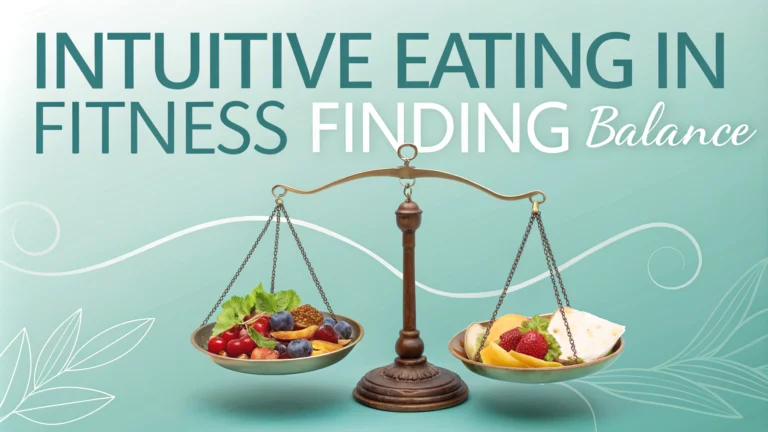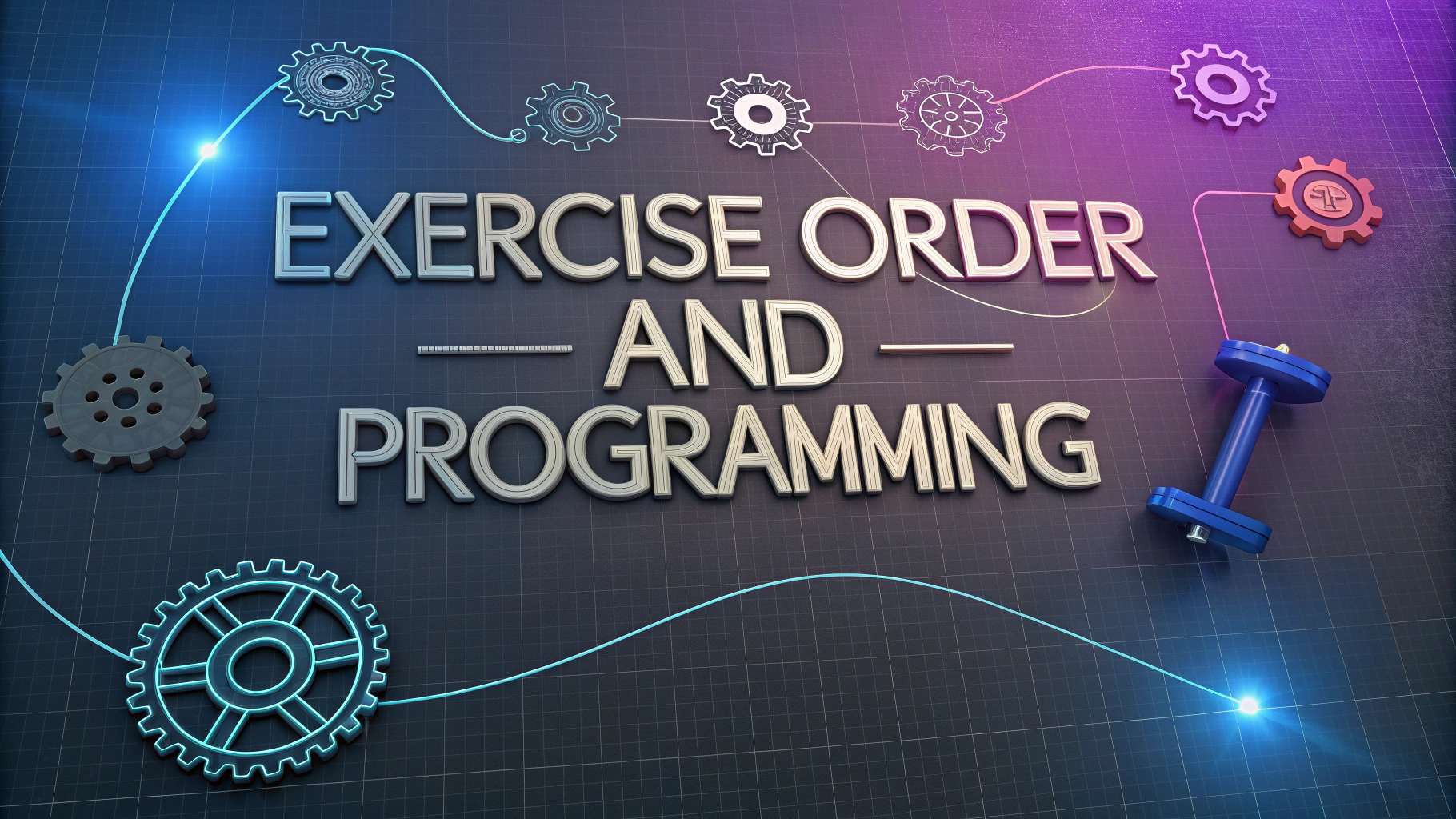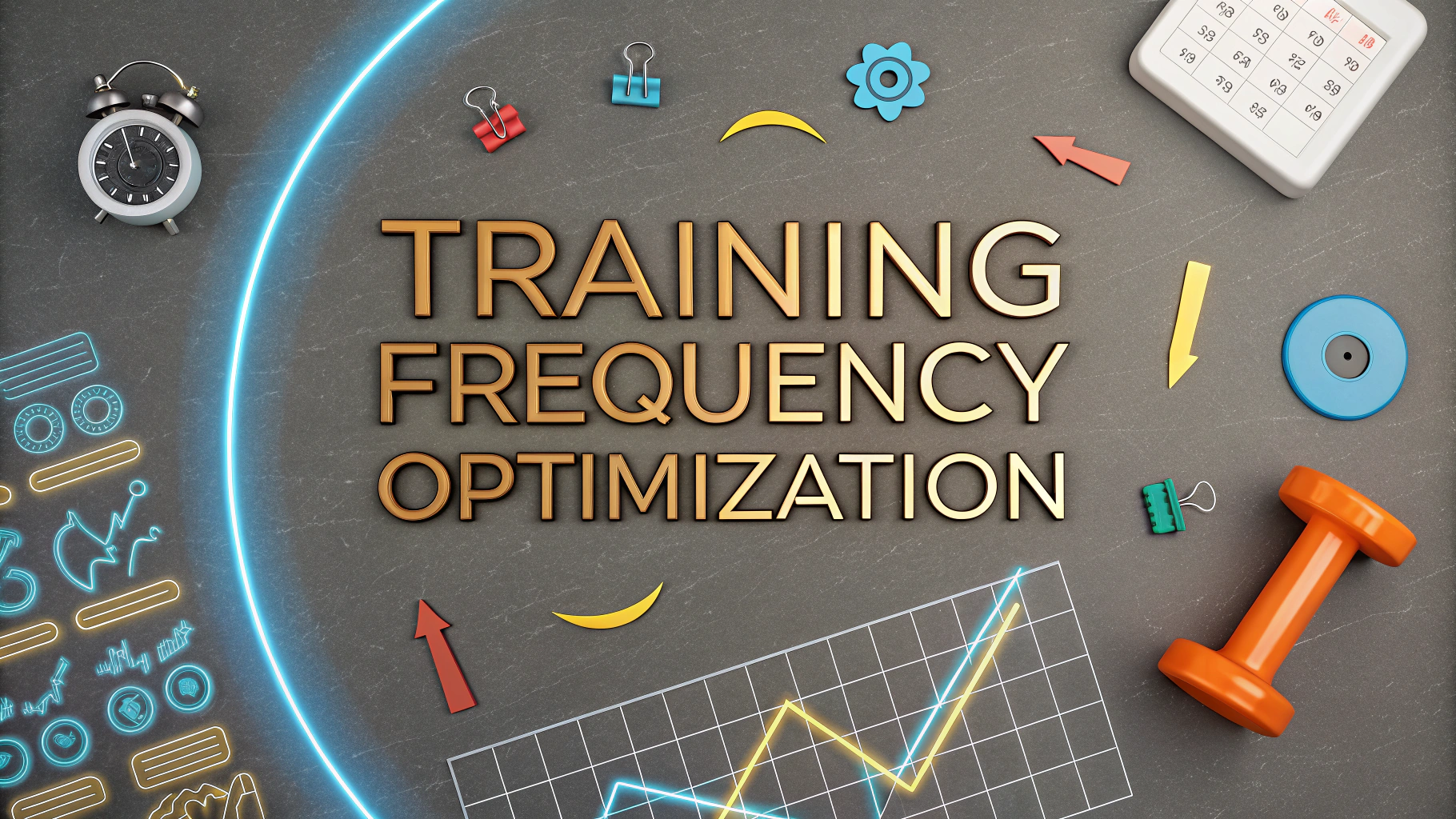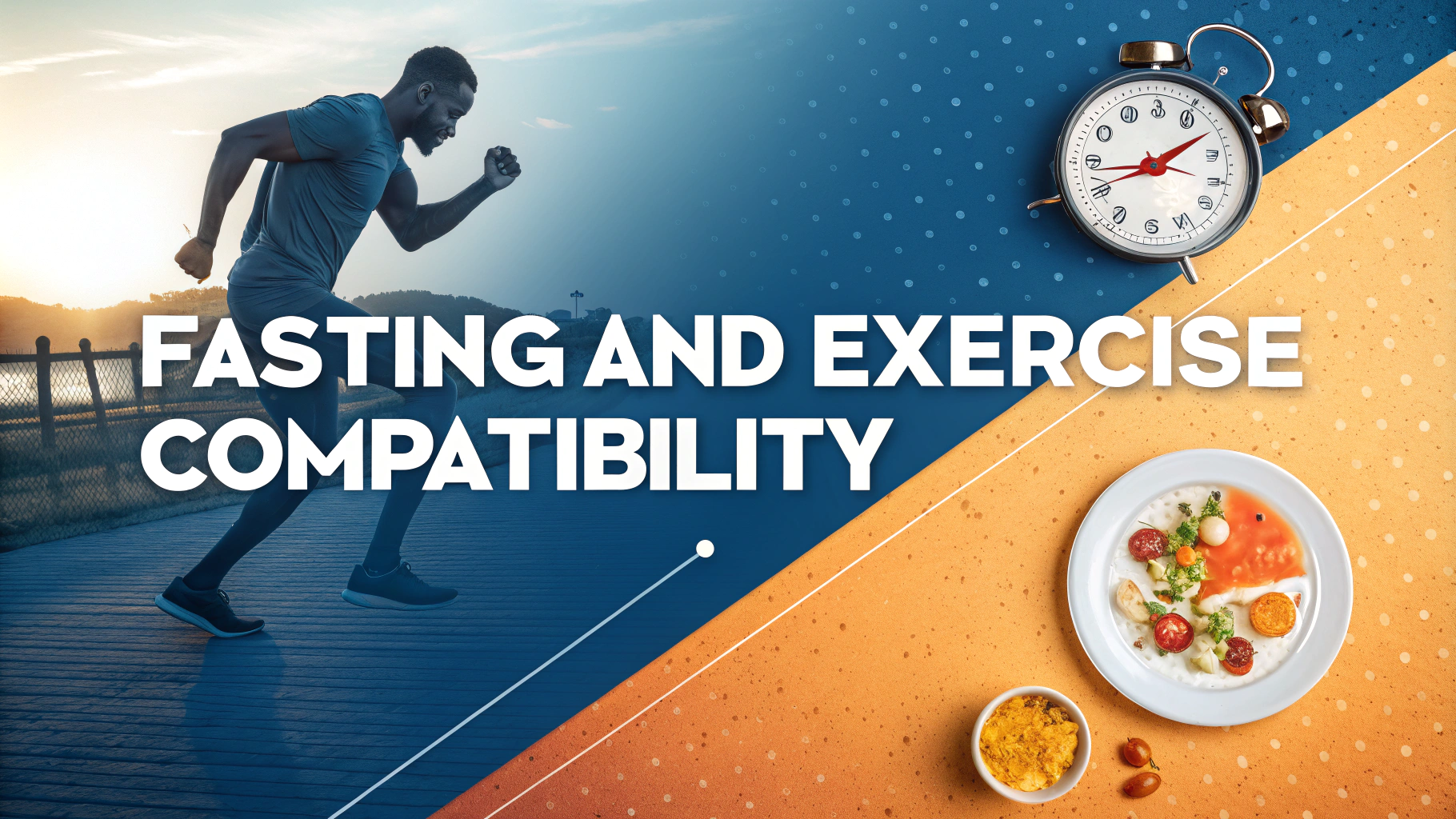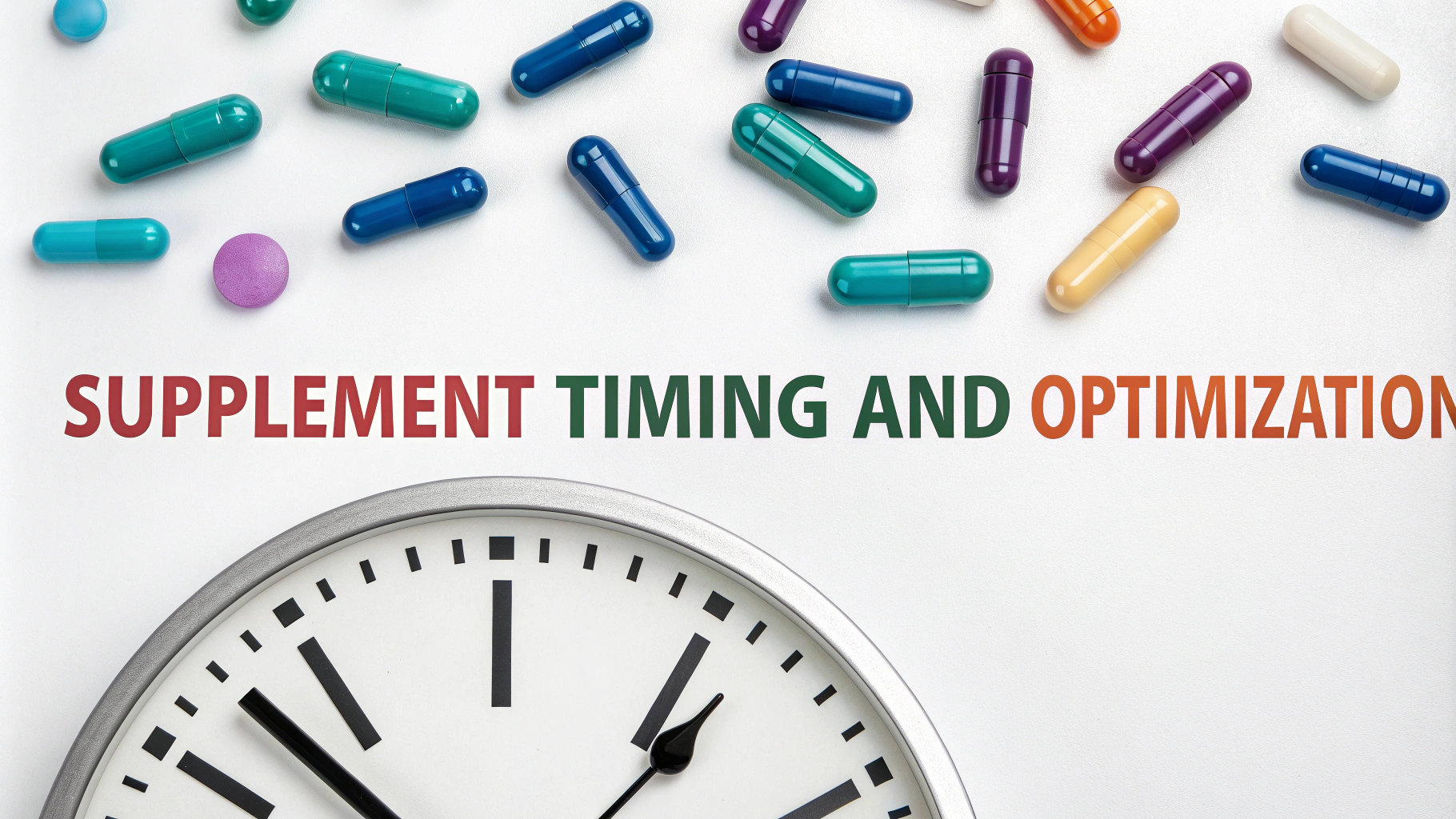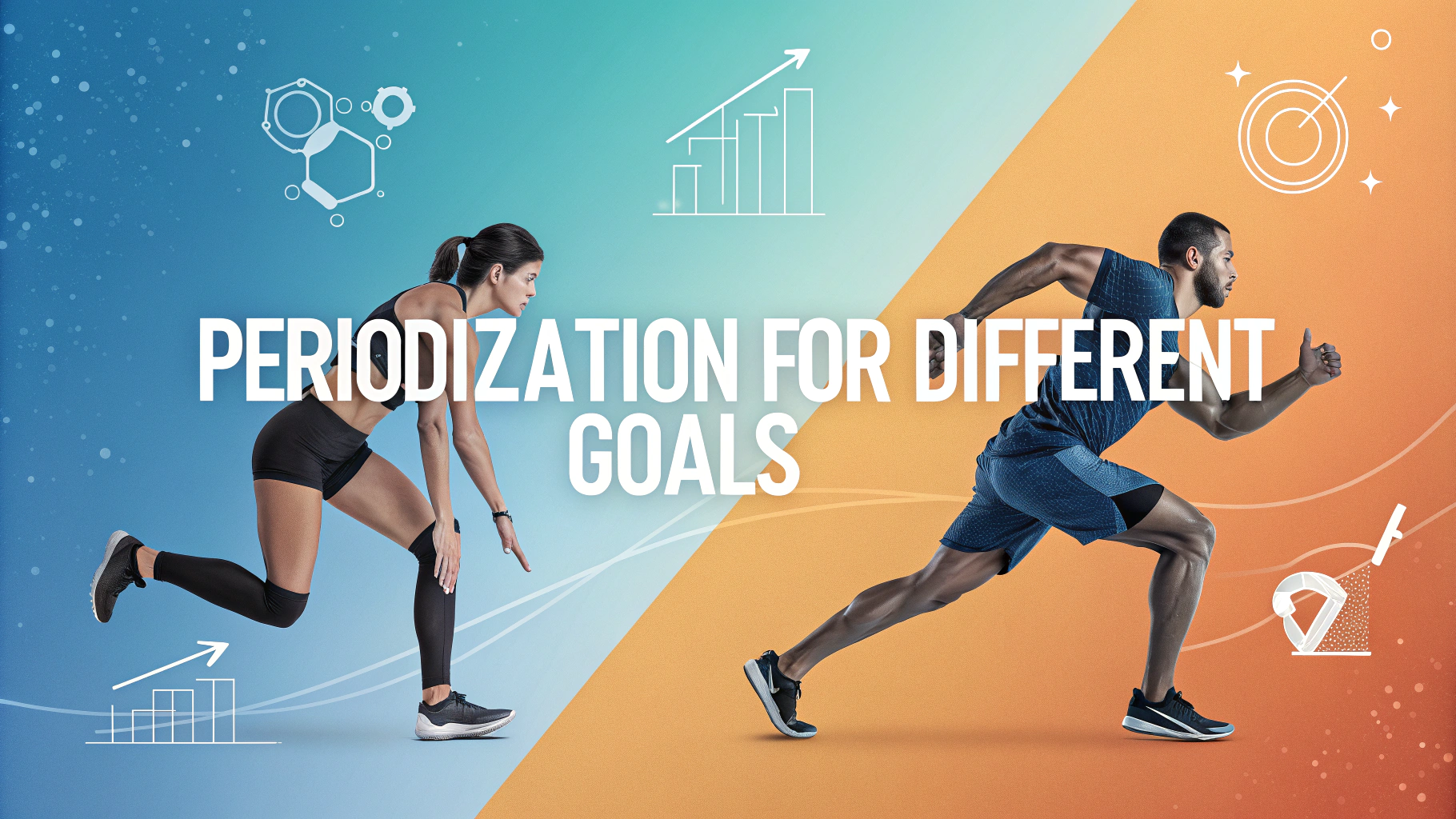Finding the right balance between fitness goals and a healthy relationship with food can be challenging for many people.
Intuitive eating combines mindful eating practices with physical activity, allowing you to stay fit while maintaining a positive connection to food.
What Is Intuitive Eating?
Intuitive eating is an approach that teaches you to trust your body’s natural hunger and fullness signals rather than following restrictive diets.
- Eating when hungry
- Stopping when satisfied
- Making food choices without guilt
- Respecting your body’s needs
How to Combine Intuitive Eating with Fitness
Focus on how exercise makes you feel rather than using it to “earn” food or burn calories.
Practical Steps for Implementation:
- Listen to hunger cues before and after workouts
- Choose activities you genuinely enjoy
- Pay attention to energy levels during exercise
- Adjust food intake based on activity level
Common Challenges and Solutions
| Challenge | Solution |
|---|---|
| Post-workout hunger | Keep healthy snacks ready |
| Exercise motivation | Focus on enjoyment rather than calorie burn |
| Recovery needs | Listen to body signals for rest |
Nutrition Tips for Active People
Stock your kitchen with foods that support your activity level while avoiding strict rules about “good” or “bad” foods.
- Complex carbohydrates for energy
- Lean proteins for muscle recovery
- Healthy fats for sustained energy
- Plenty of fruits and vegetables
Professional Support
Consider working with these professionals for personalized guidance:
- Registered Dietitian: Find a Nutrition Expert
- Certified Intuitive Eating Counselor: Directory
- Licensed Mental Health Professional specializing in eating behaviors
Remember that transitioning to intuitive eating while maintaining fitness goals is a process that takes time and patience.
Additional Resources:
Creating a Sustainable Routine
Building a sustainable routine involves finding the sweet spot between structured movement and flexible eating patterns.
Key Components:
- Regular movement that brings joy
- Balanced meals throughout the day
- Adequate rest and recovery
- Stress management techniques
Mindful Movement Practices
Incorporate mindful movement practices that help you connect with your body’s capabilities and limitations.
- Body scan exercises before workouts
- Breathing techniques during activity
- Post-workout reflection
- Progressive intensity adjustments
Progress Monitoring Without Numbers
| Focus Area | Non-Scale Markers |
|---|---|
| Energy Levels | Daily vitality and mood |
| Performance | Strength and endurance improvements |
| Recovery | Sleep quality and muscle soreness |
Conclusion
Balancing intuitive eating with fitness goals is about creating a sustainable lifestyle that honors both physical health and mental well-being. Success comes from patience, self-compassion, and consistent practice of mindful eating and movement principles.
Remember:
- Trust your body’s wisdom
- Focus on progress, not perfection
- Seek support when needed
- Celebrate non-scale victories
FAQs
- What exactly is intuitive eating and how does it differ from traditional dieting?
Intuitive eating is a non-diet approach that teaches you to trust your body’s natural hunger and fullness signals. Unlike traditional diets with strict rules, intuitive eating focuses on responding to your body’s needs, eating when hungry, and stopping when satisfied. - Can I still achieve my fitness goals while practicing intuitive eating?
Yes, intuitive eating can support fitness goals by creating a sustainable relationship with food. It allows for proper fueling of workouts while avoiding the restrictive cycles that often lead to burnout and overtraining. - How do I balance intuitive eating with proper nutrition for exercise performance?
Focus on gentle nutrition principles while honoring hunger cues. Pay attention to how different foods affect your energy levels and workout performance, and adjust accordingly while maintaining a flexible approach. - Won’t intuitive eating cause me to overeat and gain unwanted weight?
Research shows that intuitive eating typically leads to a stable, healthy weight. Initially, there may be a period of adjustment, but over time, your body learns to regulate intake based on true hunger and nutritional needs. - How do I handle pre and post-workout meals with intuitive eating?
Listen to your body while being mindful of basic sports nutrition principles. Generally, eat when hungry before exercise and refuel after workouts, focusing on what makes you feel energized and supports recovery. - What are the signs that I’m truly hungry versus eating out of emotion or habit?
Physical hunger develops gradually, comes with physical signs like stomach growling, and is satisfied by food. Emotional hunger tends to come on suddenly, often craves specific foods, and isn’t satisfied by eating. - How can I incorporate intuitive eating while tracking macros for athletic performance?
Use macro tracking as a flexible guide rather than strict rules. Focus on general ranges while prioritizing hunger and fullness cues, adjusting portions based on activity levels and how your body feels. - What should I do when my exercise routine increases my appetite?
Honor your increased hunger by eating more when your body signals it needs fuel. This is your body’s natural response to higher energy expenditure and is necessary for proper recovery and performance. - How do I deal with cravings while following intuitive eating principles?
Allow yourself to eat foods you crave in moderation. Restriction often leads to stronger cravings and potential binging. By giving yourself permission to eat all foods, cravings typically normalize over time. - Can intuitive eating work for competitive athletes?
Yes, many athletes successfully combine intuitive eating with performance nutrition. It involves understanding both body signals and sports nutrition requirements while maintaining a flexible approach to fueling.
